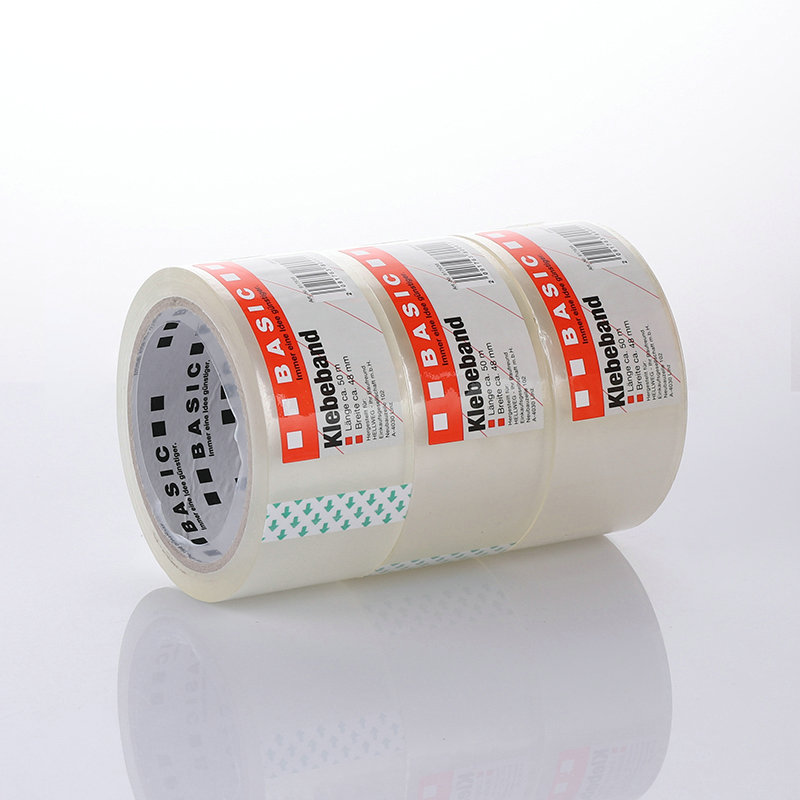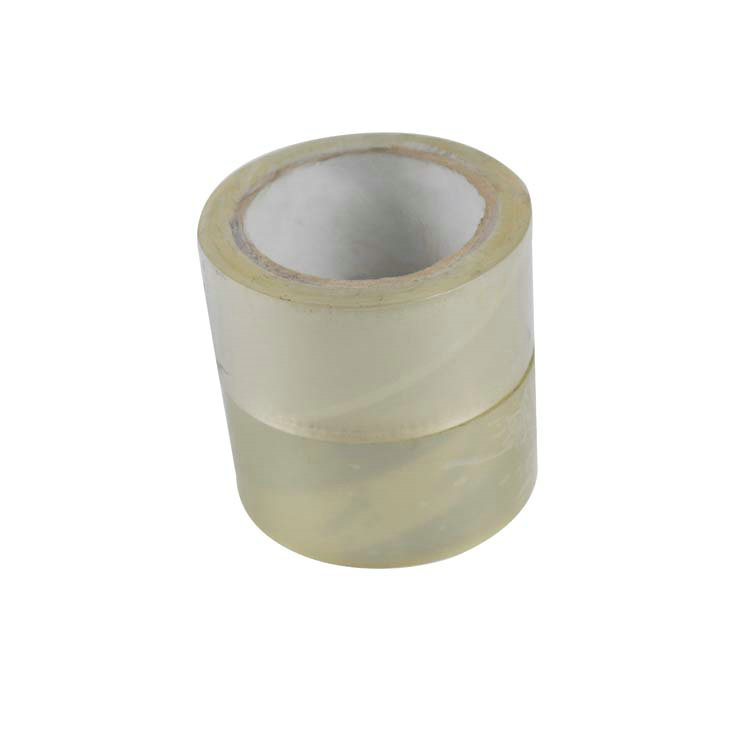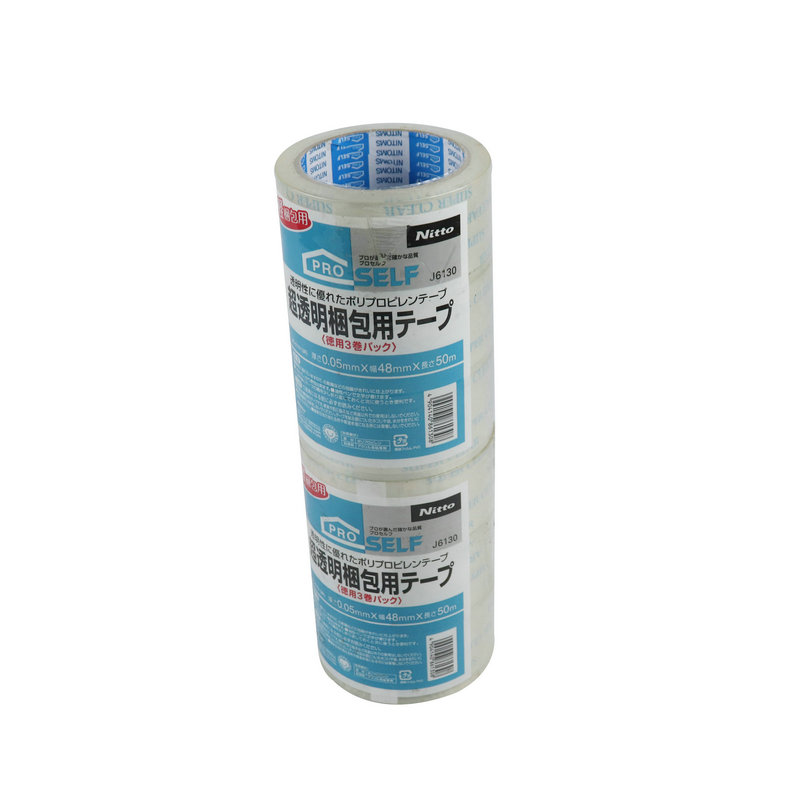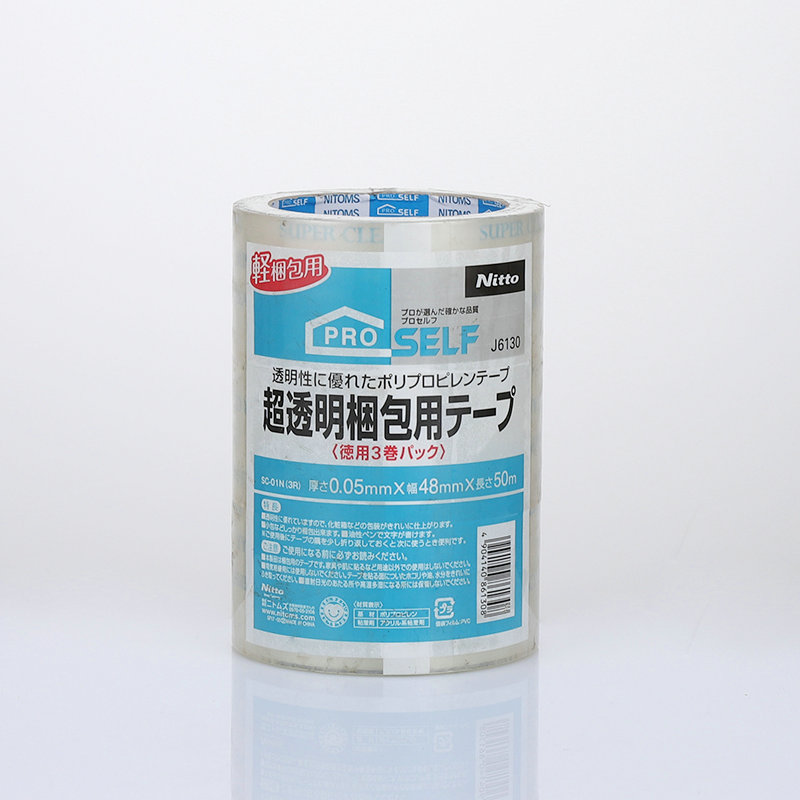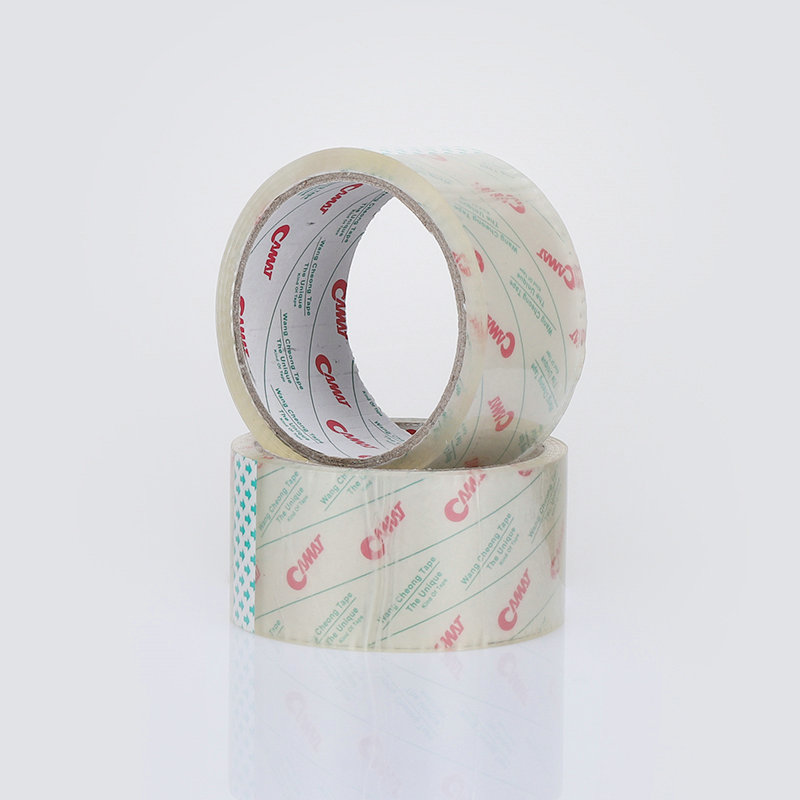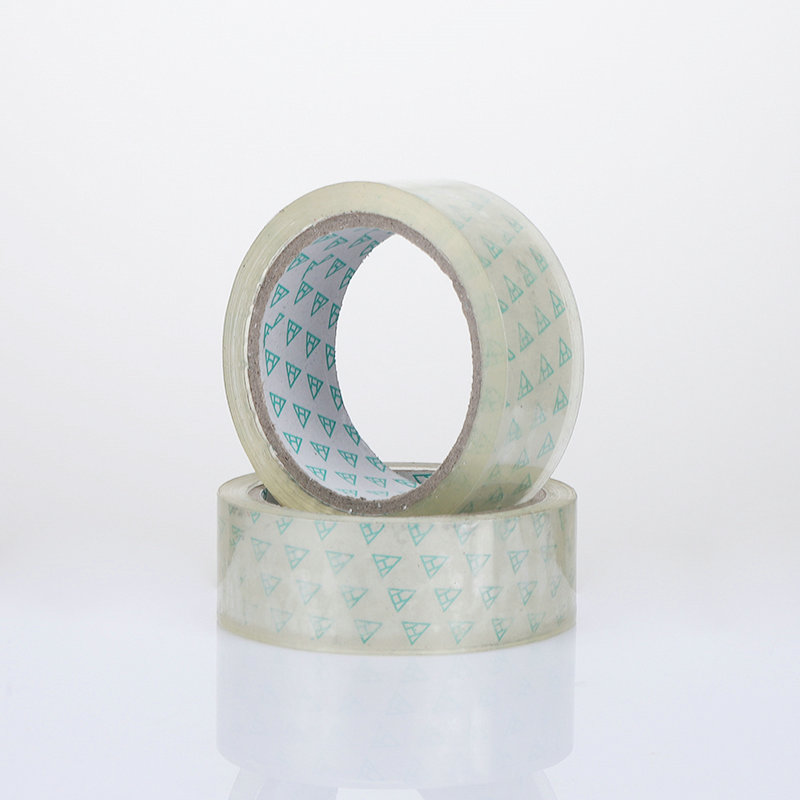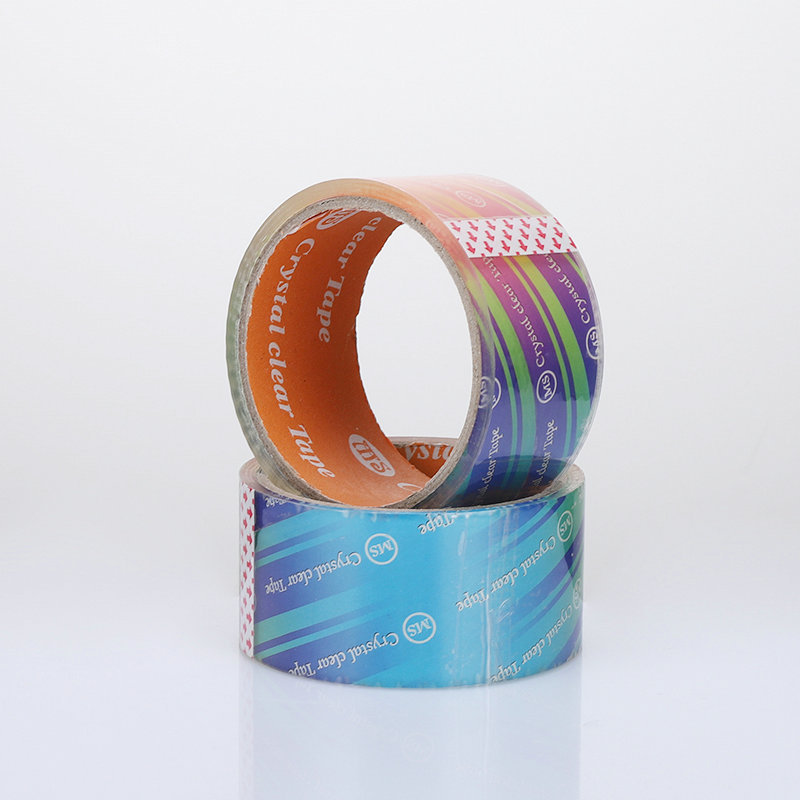specializing in the production of stretch film, adhesive tape, packing tape, etc
Choosing wrap tape based on its specific properties is crucial to ensure that it performs effectively for your intended application. Here are steps to consider when selecting wrap tape according to its properties:
1.Identify Your Application Needs:
Start by clearly defining the purpose and requirements of your application. What is the tape going to be used for? Understanding your specific needs will guide your selection process.
2.Review the Tape's Properties:
Carefully examine the properties of the tape you are considering. These may include adhesive type, material composition, thickness, width, color, and any specialized features. The manufacturer's product information should provide details on these properties.
3.Adhesive Type:
Determine the type of adhesive that best suits your application:
Permanent Adhesive: Ideal for long-term bonding or sealing.
Removable Adhesive: Suitable for temporary applications where you want to avoid residue upon removal.
High-Tack Adhesive: Offers strong initial adhesion, suitable for demanding applications.
Low-Tack Adhesive: Provides a less aggressive adhesive for delicate surfaces.
4.Material Composition:
Consider the material composition of the tape:
Rubber-based tape: Offers good flexibility and adhesion.
Vinyl tape: Resistant to moisture and UV exposure.
Cloth tape: Durable and suitable for irregular surfaces.
Foam tape: Provides cushioning and insulation properties.
5.Thickness and Width:
Choose the tape thickness and width that are appropriate for your specific application. Thicker tapes may offer more durability and insulation, while wider tapes cover larger areas.
6.Color:
Select a tape color that meets your aesthetic or safety requirements. Some applications, such as color-coding or marking, may require specific colors.
7.Specialized Features:
Some tapes come with specialized features, such as:
Flame retardant: Suitable for applications where fire safety is a concern.
Anti-slip: Provides traction in areas prone to slipping hazards.
Electrical insulation: Designed for insulating electrical components.
Magnetic: Can be used for magnetic sealing or attaching objects to magnetic surfaces.
8.Environmental Compatibility:
Ensure that the tape's properties align with the environmental conditions it will face, such as temperature, moisture, UV exposure, and chemical resistance. Refer to the manufacturer's specifications for this information.
9.Manufacturer Recommendations:
Always follow the manufacturer's guidelines and recommendations for the specific tape. They often provide insights into the tape's best uses and limitations.
10.Quality and Brand:
Choose a reputable brand and ensure you're getting a high-quality product. Quality can vary between tape brands, and investing in a reliable tape can lead to better performance and longevity.
11.Cost Considerations:
While quality is essential, also consider your budget constraints. Evaluate the cost of the tape in relation to its performance and suitability for your application.
12.Testing:
If possible, conduct small-scale tests using the tape to ensure it meets your specific requirements. This can be especially important for critical applications.
By carefully evaluating the properties of the wrap tape and matching them to the needs of your application, you can select the most appropriate tape to achieve the desired results and ensure successful performance.

 英语
英语 日语
日语 西班牙语
西班牙语 阿拉伯语
阿拉伯语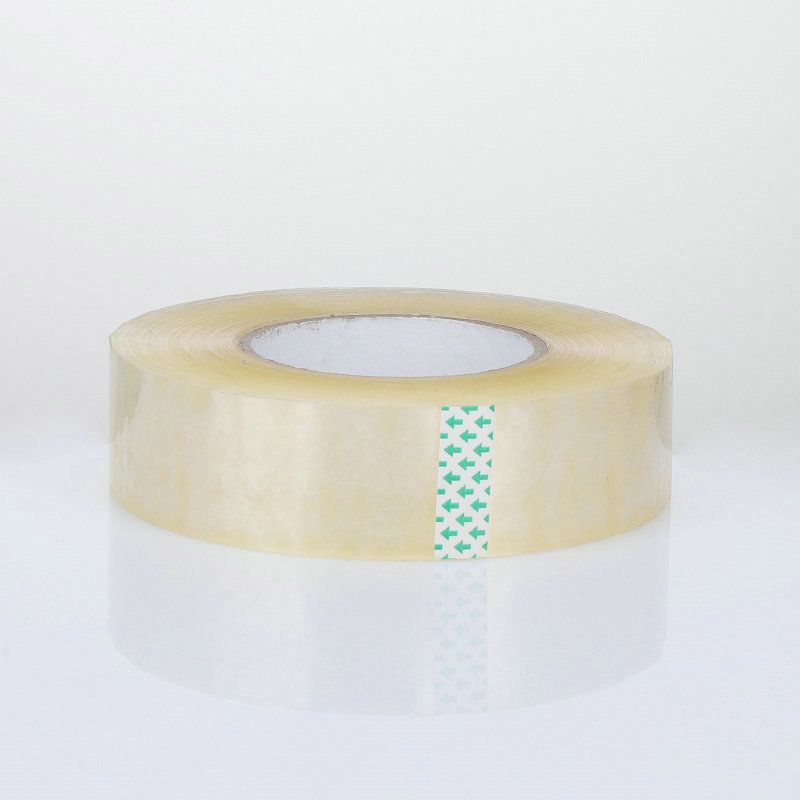
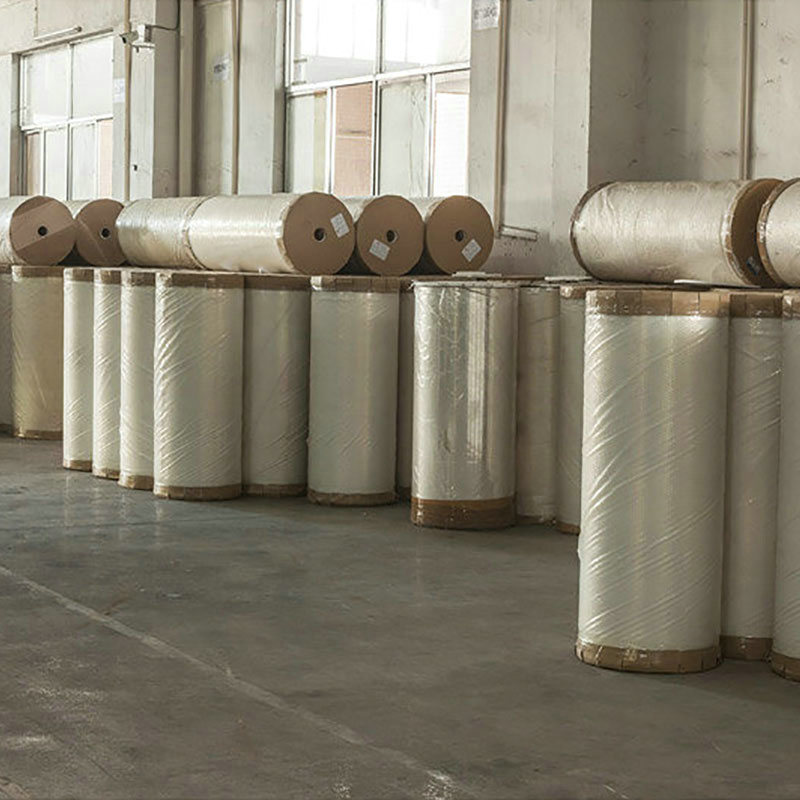
.jpg)
